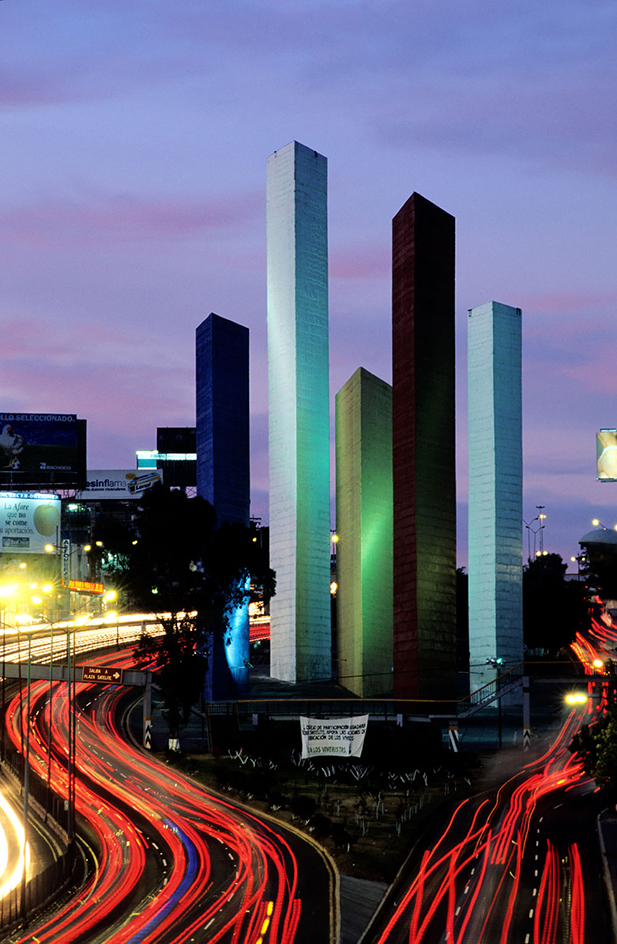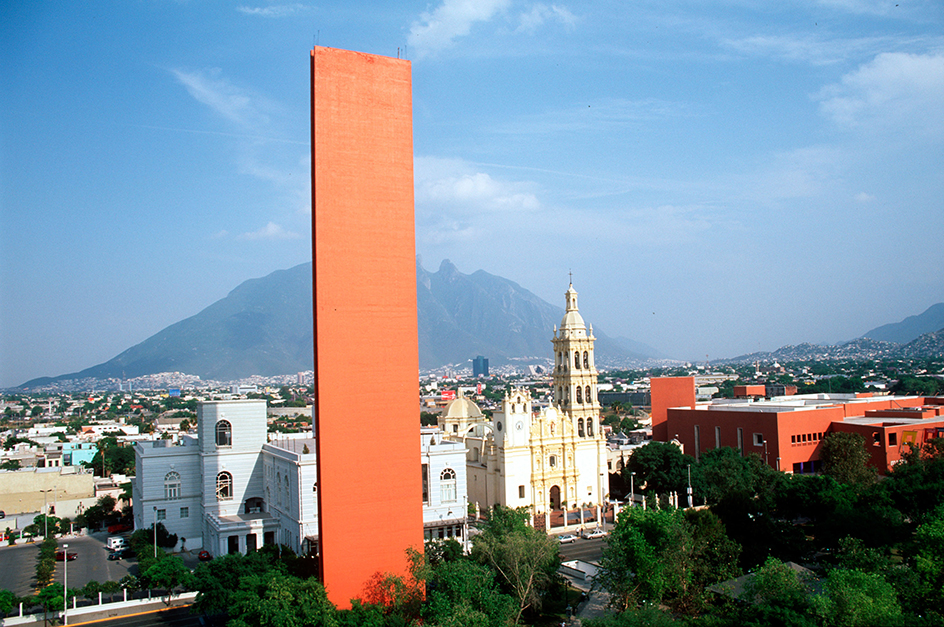Barragán, Luis (1902-1988), was a Mexican architect and landscape designer. Barragán became famous for his designs for houses and apartment buildings. His buildings reflect the modernist style in their undecorated and simplified geometric forms. However, Barragán’s structures typically have strong roots in local architectural traditions, and they are noted for their use of bright color and rich and varied textures, which are produced with the creative use of materials such as stucco, adobe, and wood. In 1980, Barragán was awarded the Pritzker Architecture Prize, the most prestigious international award in architecture (see Pritzker Architecture Prize ).

Barragán was a deeply religious man whose projects often have a spiritual quality. He gained fame for his landscape designs, which harmoniously incorporated fountains, pools, and gardens, using the effects of nature to achieve a sense of beauty and serenity.
Barragán was born on March 9, 1902, in Guadalajara. He studied engineering and was self-taught as an architect. He established an architecture practice with his brother in Guadalajara in 1927 and moved permanently to Mexico City in 1936 to set up his own practice. During the 1920’s, Barragán traveled in France and Spain, where he was exposed to Moorish architecture. He lived in Paris in 1931, attending lectures by the Swiss-born architect Le Corbusier, whose architecture influenced Barragán’s early work.
During the late 1920’s, Barragán designed several houses in Guadalajara in the style of local colonial architecture. A project called El Pedregal, located south of Mexico City and begun about 1940, was an 865-acre (350-hectare) residential development laid out by Barragán. There he was able to develop his blend of modern and Mexican colonial architecture. Among his other early major projects is the design for his own house and studio (1947), built around an enclosed court, in Mexico City.

Barragán’s religious feelings appear in his design for the chapel for the Capuchins, an order of monks, and the Gálvez House, both completed in 1955 in the Mexico City suburb of San Angel. Barragán’s other major projects, all in the Mexico City area, include the apartment towers (1957) in Ciudad Satelite (Satellite City), with the German-born sculptor Mathias Goeritz; a plaza and fountain (1966) for a housing subdivision; the San Cristobal estate and riding stables (1968), with the Mexican architect Andrés Casillas; and the Gilardi House (1976), with another Mexican architect, Raul Ferrera. Barragán died on Nov. 22, 1988.
